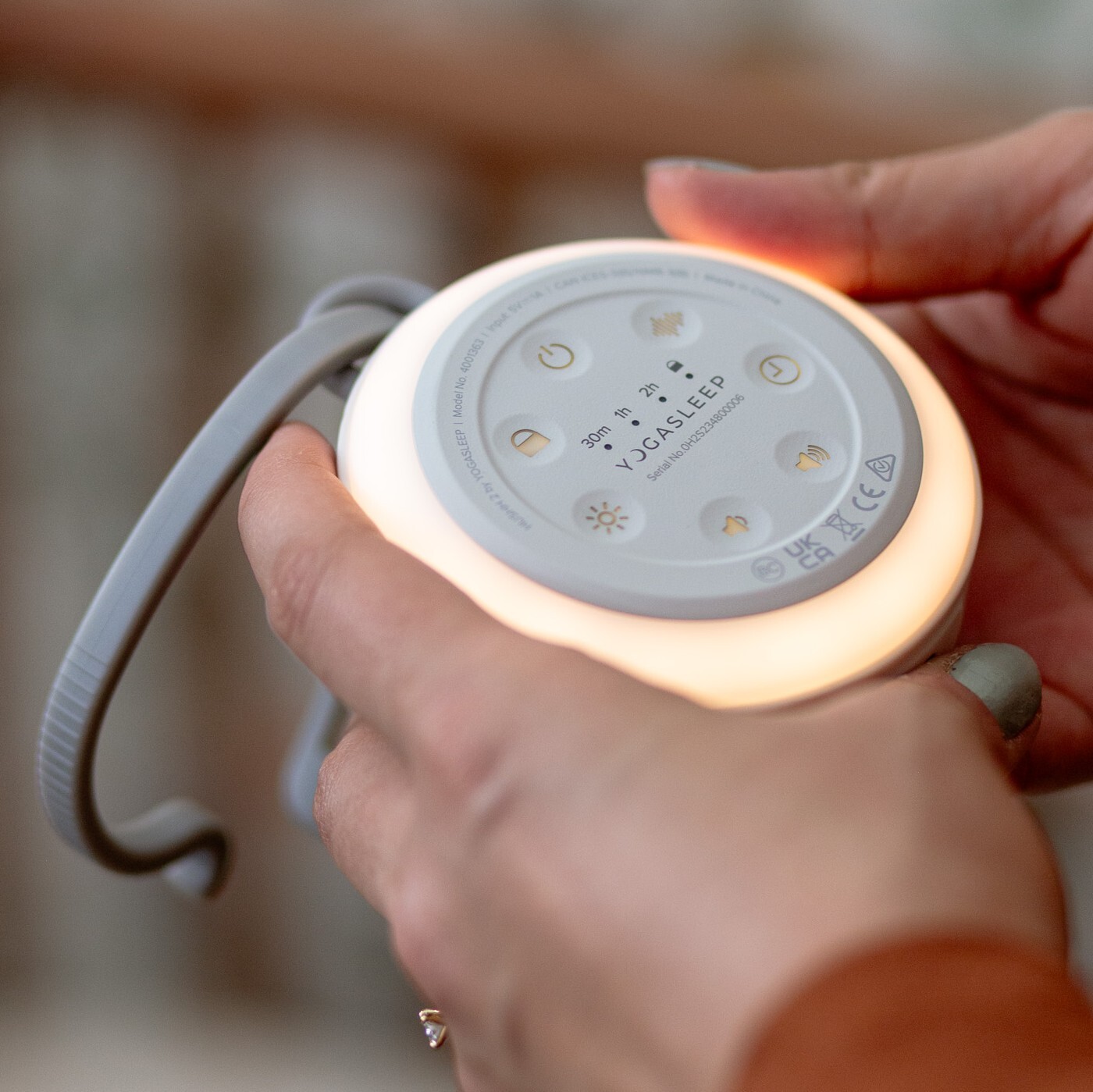Here are our tips for making a smooth return to earlier bedtimes
Work on your relaxing night-time routine
Whether it’s a bath, reading a book or listening to soothing music, children usually have a favourite way to wind down.
Allow plenty of time for a relaxing bedtime routine, particularly if you are also working on gradually moving the bedtime routine earlier.
And look for quiet, winding down activities you can do with your child before bed, such as reading a chapter book together, a quiet in-bed art activity or a quick game of cards (solitaire - not speed!).
Bedroom review
It can be impossible for children to settle down to sleep if they are hot and sticky at bedtime. And if they have been falling asleep later, it will have been cooler then too. So have a look at ways to cool down your children's rooms and make settling more likely! Invest in a fan, make sure they have very light summer bedding (such as using a duvet cover with no inner) and cool summer PJs.
You also may need to look at blackout blinds or tack on some thicker lining if your child is confused by the light summer evening beckoning them back out to play!
A gradual return to term-time lights out
If your child has been falling asleep at 10pm and you want to move back to an 8pm bedtime, you'll get a lot of resistance if you try to make the change in one go! Body clocks get set at falling asleep at a particular time, and your child will likely not be able to fall asleep at 8pm even if you think it's in their best interest.
So we recommend you make a gradual change to bedtime, the same way that we recommend for babies and toddlers at daylight savings time.
So allow up to a week to gradually move bedtime earlier, bringing the lights out time earlier by 15 minutes a night. That way you allow your child's body clock to slowly adjust and also your child can gradually change their activities and expectations around bedtime.
Bedtime versus Lights Out time
We have had a lot of success in our family with the concept of Lights Out time. This is the not negotiable time during the school term and shorter holidays when each child has to have their lights out and be ready for sleep. We recommend they are in bed at least 30 minutes before Lights Out, especially if they want some time with Mum or Dad doing an activity or reading together.
This allows older children to make some decisions about how to wind down and how much time they want for quiet activities such as reading in bed. But you get to decide on the Lights Out time based on their age and how much sleep you believe they need.
As a guideline, our children have Lights Out at the following times: Age 4 - 7:15pm, Age 7 - 7:30pm, Age 9 - 8:00pm, Age 12 - 9:00pm.
Gadgets off
The hour before bed should be a no-electronics zone. Studies show the light from backlit electronics (like tablets, smartphones and video games) can disrupt children's ability to fall—and stay—asleep. We also recommend no TV or TV video games before bed, both for the light emitted and also any exciting content which can make winding down difficult.
Get up and get outside
Sunshine really helps with resetting your child's body clock, so start the day with some fresh air and light rather than allowing sleeping in or playing with gadgets! Wake your children up at their term wake-up time and start the day with something fun outside. A bounce on the trampoline, watering the garden, feeding outside pets or walking the dog before breakfast.
Or our favourite is to always have a family breakfast outside as long as it's not raining. Having something special for an earlier breakfast for a few days may help, such as pancakes with their favourite toppings.
Aim for 15 minutes of anything that exposes your children to daylight first thing.
Dial down the screen time
Screen time can easily increase over the holidays, as children have had more free time and have gravitated to some of their favourite activities. So a biggie for getting back to their term-time sleep is to reduce screen time back to what you allow outside of the holidays.
You might want to reduce the time gradually over a few weeks before school goes back. Reduce screen time by 30 minutes (or more, depending on your child’s level of obsession) each week until you reach your goal. It also works well to have clearly defined family rules about screen and gadget time. For example, in our family gadgets are never allowed between 9am and 3pm during the weekend, as this time is for outside family activities.
A good rule of thumb we read recently was to try to limit recreational screen time to 60 minutes every day. And for every 30 minutes of screen time, make sure your kids get 30 minutes of physical activity.
A new year is a good time to review your children's screen time and make some family rules around this. Children are often having many hours of screen time a day when hand-held devices, TV and computers are all added up.
Consider banning hand-held devices from your child's bedroom
We recommend having a family gadget charging zone, where all devices are charged overnight and no gadgets stay in children's bedrooms overnight.
The burst of light from a phone (even if it’s just to check the time) can make getting to sleep or resettling difficult. A regular alarm clock is recommended for seeing the time and the actual alarm.
By getting into a family routine of no gadgets in the bedroom overnight, you are also helping to avoid the cyber bullying that often goes on late at night when teenagers are alone in their bedrooms.
You may also want to review your own screen time and use of mobiles in your bedroom and during meal or family times. Screen time for parents can easily add up to many hours a day and may be impacting on your own sleep.
Sleep Trainer Clocks are still handy
Often parents start using a sleep trainer clock, such as a gro clock, with early waking toddlers. but they are still very useful with pre-schoolers and school age children, particularly if they are not confident telling the time. The clock says it's bedtime and the clock says it's morning time, which can help with those resistant to getting back into getting up for school!
We hope these tips are helpful and we look forward to hearing what works for your family.


















